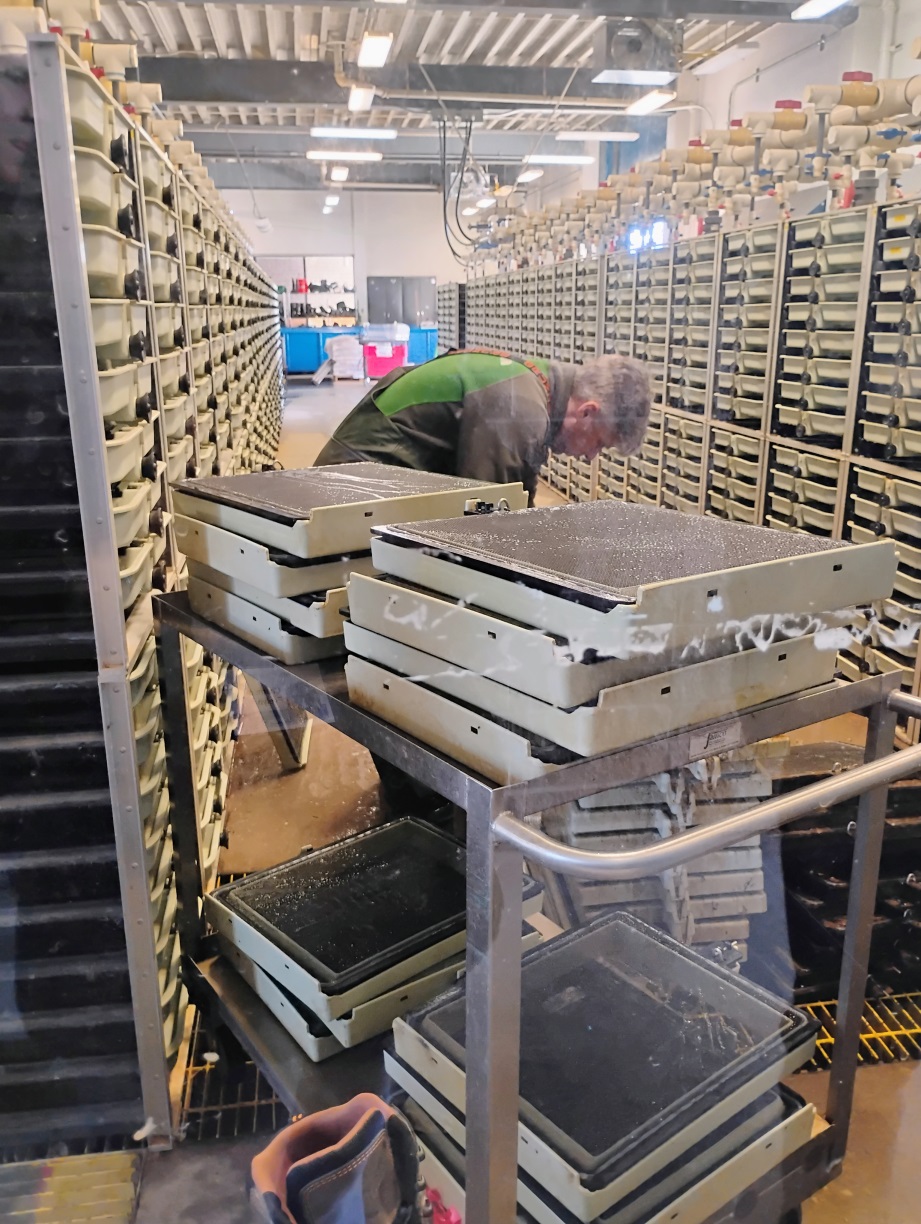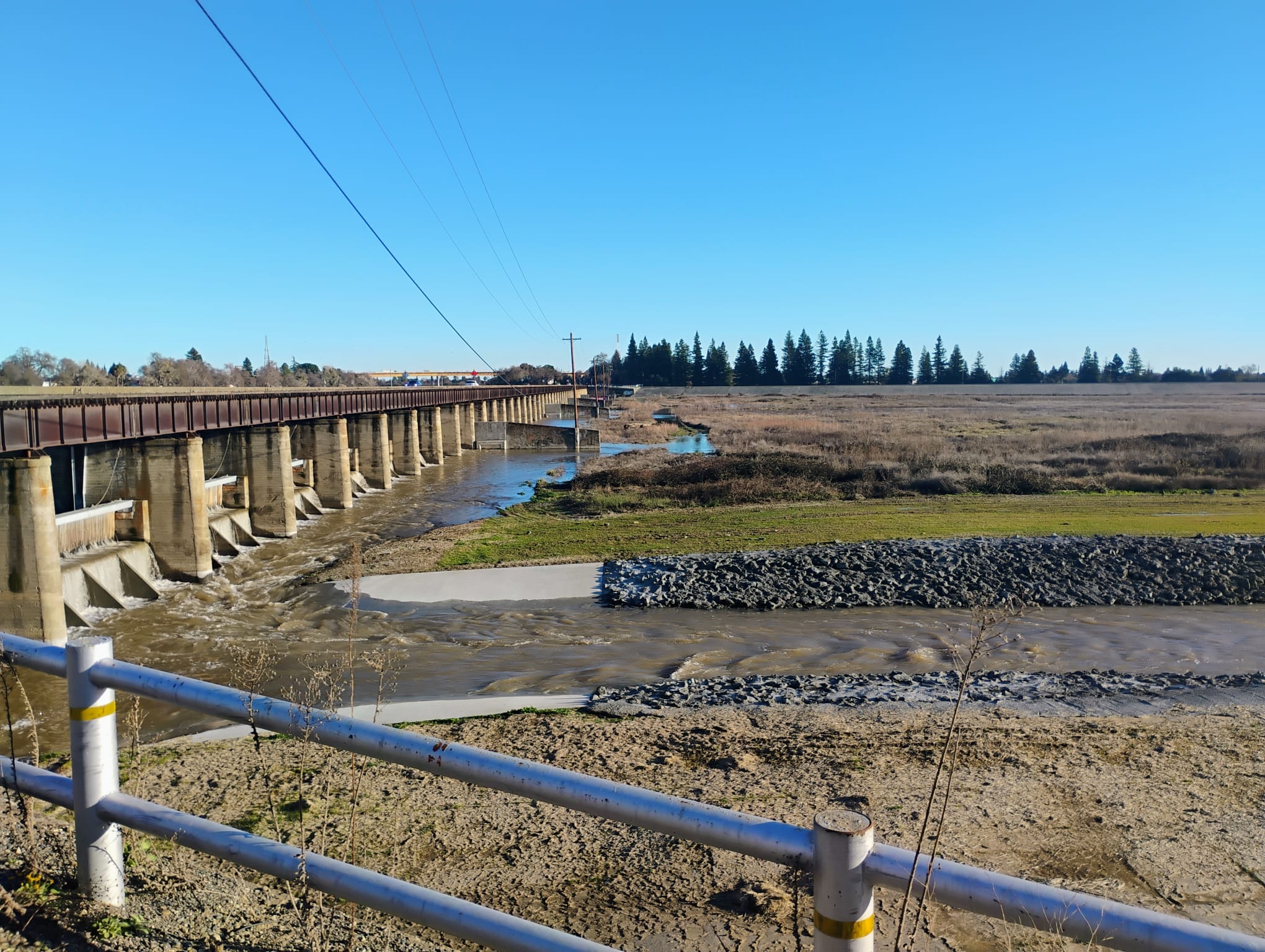Oroville Dam Spillway. Trees burnt during Woolsey Fire.
As the chair of the Water Committee, I am always being invited to participate in something or show up somewhere. I try very hard to meet the demand, knowing that there is always a connection to be made when you meet new people. Every time you think, something is never needed, it turns out you remember that something as a resource when you least expect it.
Earlier this year I was invited by the Office of the Mayor to attend a tour of the State Water Project. One of the Director tours hosted by the Metropolitan Water District of Southern California, MET for short. For those of you unaware, MET is the wholesaler of water here in Southern California serving 19 million people.
The tour began by meeting at the airport for the 6 AM flight into Sacramento, upon arrival we boarded a bus and drove to the Oroville Dam. Oroville Dam is the tallest earthen dam in the US, constructed from 1961 – 1967. As per California’s Department of Water Resources (DWR): “The lake stores winter and spring runoff that is released into the Feather River to meet the project’s needs. It also provides pumped-storage capacity, 750,000 acre-feet of flood control storage, recreation, and freshwater releases to control salinity intrusion in the Sacramento-San Joaquin Delta and for fish and wildlife enhancement.” Seeing the once damaged spillway and improvements made to the dam are impressive, particularly after a rain event.
From the dam we traveled to the Feather River and the hatchery, which for me was the highlight of the trip. When Oroville Dam was constructed, several miles of spawning and nursery grounds were no longer available for salmon and steelhead trout returning to their home stream to deposit eggs. To compensate for the loss, the hatchery was built in 1967, planned cooperatively by the Department of Fish and Wildlife and Department of Water Resources.

Learning about how close we are to losing our salmon industry because of over pumping from the Sacramento-San Joaquin Delta, not allowing enough cold water and flows to remain in the Delta was eye-opening. The hatchery raises juvenile salmon, tags them and releases them into Battle Creek where they are met and eaten by the predatory rainbow trout and stripped bass. Another challenge they face is the altering of the rivers and the path that they are hard wired to take down to the ocean. With the loss of a second annual salmon fishing season fresh in mind, this was a bitter pill to swallow, particularly as this 2025 season is very much in doubt.
We ended the tour with an afternoon trip to the Sacramento Weir where we were given a short history lesson and taught how the WEIR operates and how much water is moved through the WEIR. As per our itinerary: “In Yolo County, the “Nigiri Project” is the name of a collaborative effort between farmers and researchers to help restore salmon populations by reintroducing them during winter, to floodplains that are farmed with rice during summer. Today, only five percent of the Central Valley’s original floodplain habitat remains for the region’s salmon populations. The Nigiri Project seeks to optimize habitat benefits for salmon and water birds, while maintaining farming on the largest floodplain of the Sacramento-San Joaquin Delta, the 60,000-acre Yolo Bypass.”

A “weir” is a barrier built across a river or stream to raise the water level and control its flow. It’s essentially a small-scale dam, allowing water to flow over the crest (top) or sometimes underneath sections.
Our next day, was a washout because of the rain and our only stop was at the Big Break Visitor Center, where we had lunch and toured Big Break, so named after a levee break in 2004. The levee failure happened on Upper Jones Tract in the South Delta and was privately owned and used for farming. Delta levees are particularly vulnerable to seismic failure.

One of the most important things learned was about the detrimental effects of peat farming on the Delta leading to subsidence, which was quite visible at the East Side Bypass.
At Sierra Club we continue to advocate for the Delta and the habitat and livelihoods it supports, this trip reinforces said support for the Delta Tribes and Delta Communities that are severely impacted when there are algal blooms that kill off species, limits recreation, limits economy, cultural practices or warm water flows that kill our salmonids.
You can learn more about our Delta campaign on our website at: https://socalwatersierraclub.org/ and more about the wonders of the Delta on PBS: Understanding California’s Bay Delta in 63 Photos
Charming Evelyn is the Chair of the Sierra Club Angeles Chapter Water Committee, Co-Chair of the Sierra Club California Water Committee and Vice-Chair of the Environmental & Social Justice Committee

